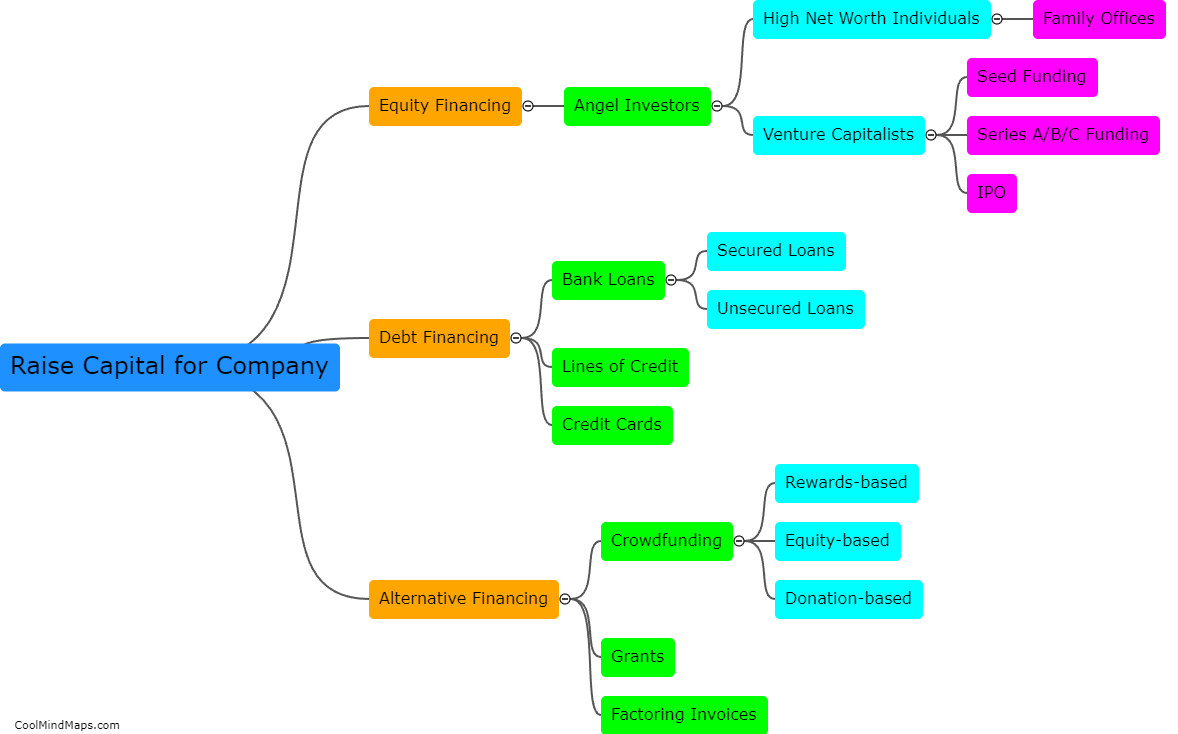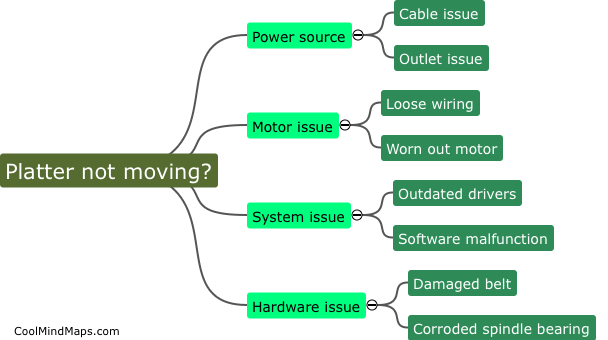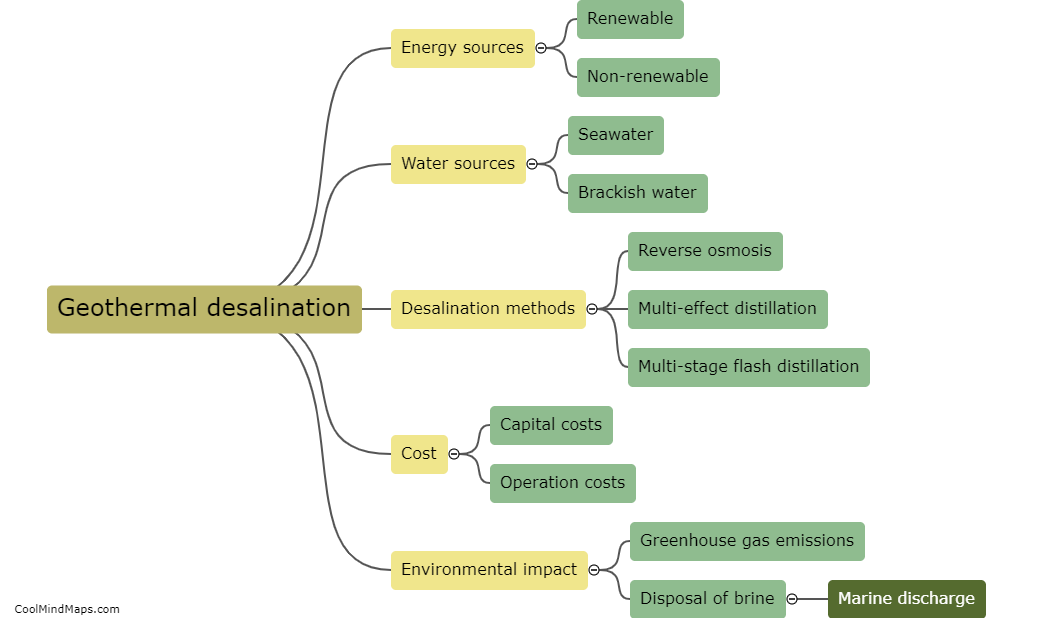What are the advantages of solar-thermal water splitting?
Solar-thermal water splitting is a promising technology that harnesses solar energy to split water into hydrogen and oxygen, offering several advantages. Firstly, this process provides an abundance of clean and renewable hydrogen fuel, which can be used as a sustainable energy source in various applications, from powering vehicles to generating electricity. Secondly, solar-thermal water splitting can be efficiently carried out using cheap and widely available materials, like metal oxides, making it a cost-effective method. Additionally, this technology can be integrated with existing solar-thermal power plants, allowing for simultaneous electricity generation and hydrogen production, thus maximizing the utilization of solar energy. Moreover, solar-thermal water splitting offers a carbon-neutral approach, as it produces only water vapor and no greenhouse gas emissions when hydrogen is used as fuel. Overall, solar-thermal water splitting presents numerous advantages, including the production of clean fuel, cost-effectiveness, integration with existing infrastructure, and environmental friendliness.

This mind map was published on 4 October 2023 and has been viewed 100 times.











